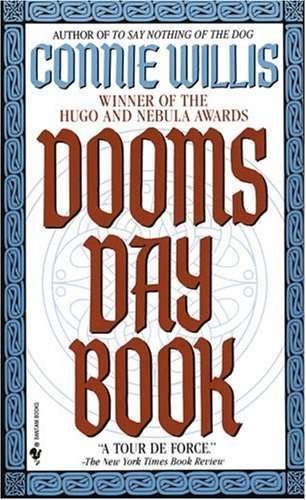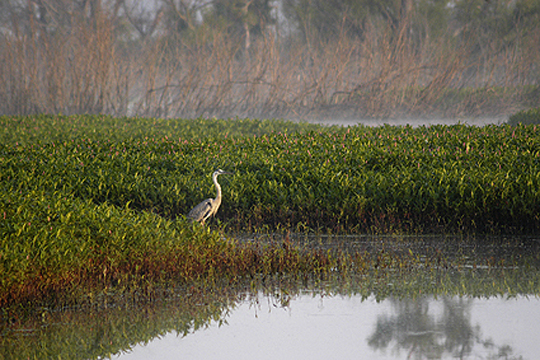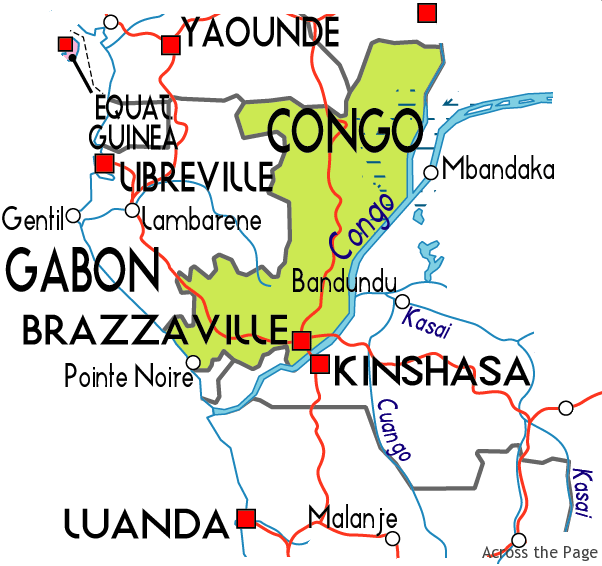Doomsday Book

I hadn’t heard of Connie Willis’s Doomsday Book till Ruth mentioned it in her reading roundup a few weeks ago. She said it was good, but not one to read during a pandemic. It might hit a little too close to home.
It was good advice, but the Kindle book was available at the library, and I didn’t have any other books in mind, so. . . you get the picture.
I actually loved it, despite its many touchpoints with our current situation. The story is set in mid-21st century England, where time-travel has been developed for use by Oxford scholars who want to do more than read about the past; the want to go back in time to do firsthand research. Despite the futuristic setting, Oxford has all the inter-departmental politics and academic competition characteristic of academia. When a young Medieval scholar named Kivrin prepares to travel back to 1320 for research purposes, a tug-of-war of sorts ensues between Gilchrist, the faculty member in charge of her trip, and Dunworthy, her advisor and father figure.
Turns out someone mistypes a number and sends Kivrin to England in 1348, when the Black Death hits, instead of 1320. Just as she is beamed into the 14th century, an epidemic strikes 21st century Oxford as well. Willis moves deftly between the two unfolding dramas, weaving a suspenseful and fascinating tale. Will they find their mistake? Will Kivrin get back? Will everyone survive? It felt very much like the dream I sometimes have in which I dash out to the car for something I forgot (let’s say hand sanitizer, to keep it relevant), but then I can’t find my way back. This is stressful, since whoever I was with is still there. The dream goes on for a long time as I travel through unknown territory in search of the Dunkin’ Donuts I just left before I realize, “I’m having a dream. I can just wake up.” (I almost never go to Dunkin’ Donuts in waking life, but it sometimes shows up in dreams. Very wierd.) It takes Dunworthy a very long time to discover what has gone wrong, which I found somewhat agonizing at times.
Though there are definitely similarities to what we’re going through now, on the whole I found the contrast between the two time periods heartening. If we must endure a pandemic complete with quarantines, shortages of toilet paper (“lavatory paper” in this book), difficult challenges in tracing the disease origins and figuring out treatments, I feel much better about living in this age than in the 14th century. I’ve started reading this book since finishing Doomsday Book, and its descriptions of medical treatments in the 14th century make one wince and cringe. Though not everything is within our control, we know about washing hands, and we have hospitals and I.V.’s and protective clothing and anti-microbials and antibiotics and vaccines. These are good things.
Yet I found myself loving the foray into the past as well. The historical details and descriptions are wonderful, and Kivrin’s attempts to adapt to the past despite meticulous study and preparation were an education for me. Much of what she has been told with certainty turns out to be off: her clothing is of too fine a weave, her dialect is at first incomprehensible to the “contemps,” her teeth are too good and her hands, too soft. I had to nod along with this somewhat wry implied commentary on academic arrogance.
If you’ve ever wondered what one of your familiar haunts looked like centuries ago, or who lived there before you, this book indulges the impulse. Skendgate (where Kivrin is in the 14th century) with its narrow paths, dense woods, unheated and rush-strewn dwellings, and rigid classes stands in roughly the same neighborhood as the modern Oxford, separated by 700 years. The contrasts between past and future are rich and thought-provoking.
Yet some things stay the same. In both eras, characters exist who are convinced that illness is a punishment from God, and I found it interesting that some of my family members do too — despite the fact that Jesus healed an astonishing number of people when he walked the earth, and never struck anyone with illness. Among the book’s many engaging characters is Father Roche, a priest who (for good reasons, as it turns out — though I won’t release a spoiler) is convinced that Kivrin has been sent miraculously in the village’s hour of need. He has a quiet integrity and grace as he carries out his ministry, nursing, serving, and staying with his people even after the plague hits. Historically, many holy men fled when the plague hit, and in this book, it’s a visiting churchman who brings the plague to Skendgate.
My daughter is doing Medieval history this year, and this is why Doomsday Book initially piqued my interest. But its appeal is much broader. One doesn’t have to be a history geek to find this book an interesting, at times heartbreaking, deeply satisfying read.





4 Comments
Jeane
I read Doomsday Book fifteen years ago, and it has still stuck with me. Made a strong impression, I still remember some of the scenes vividly. I’d much like to read it again, but also have feel piqued to try other of Connie Willis’ works.
Janet
I’d like to read more too — in fact, I have To Say Nothing of the Dog on hold at the library!
DebD
I enjoyed this book when I read it a few years ago and I’ve been thinking about it off and on since the quarantine started. I also enjoyed “To Say Nothing of the Dog” – that one is fun and perfect for a pandemic.
Janet
This one certainly helped put the virus into perspective for me. Based on your comment, now I’m looking forward to ‘TSNOTD’ even more!